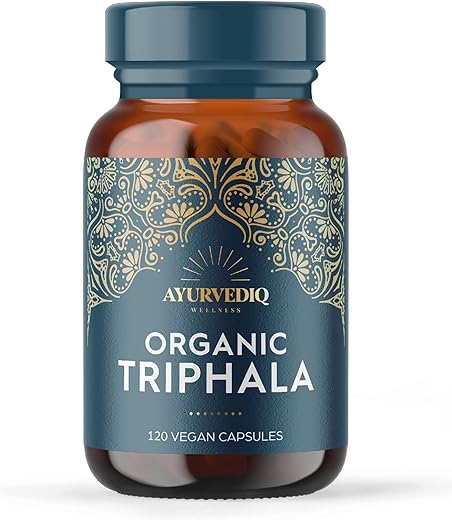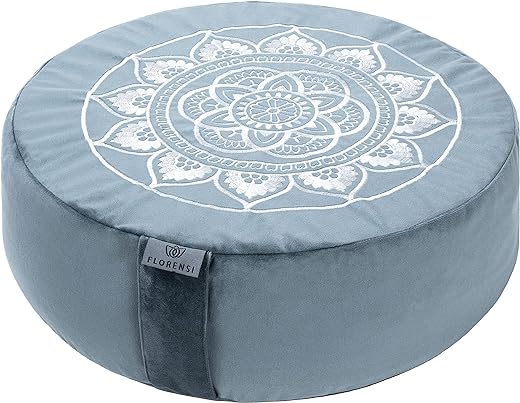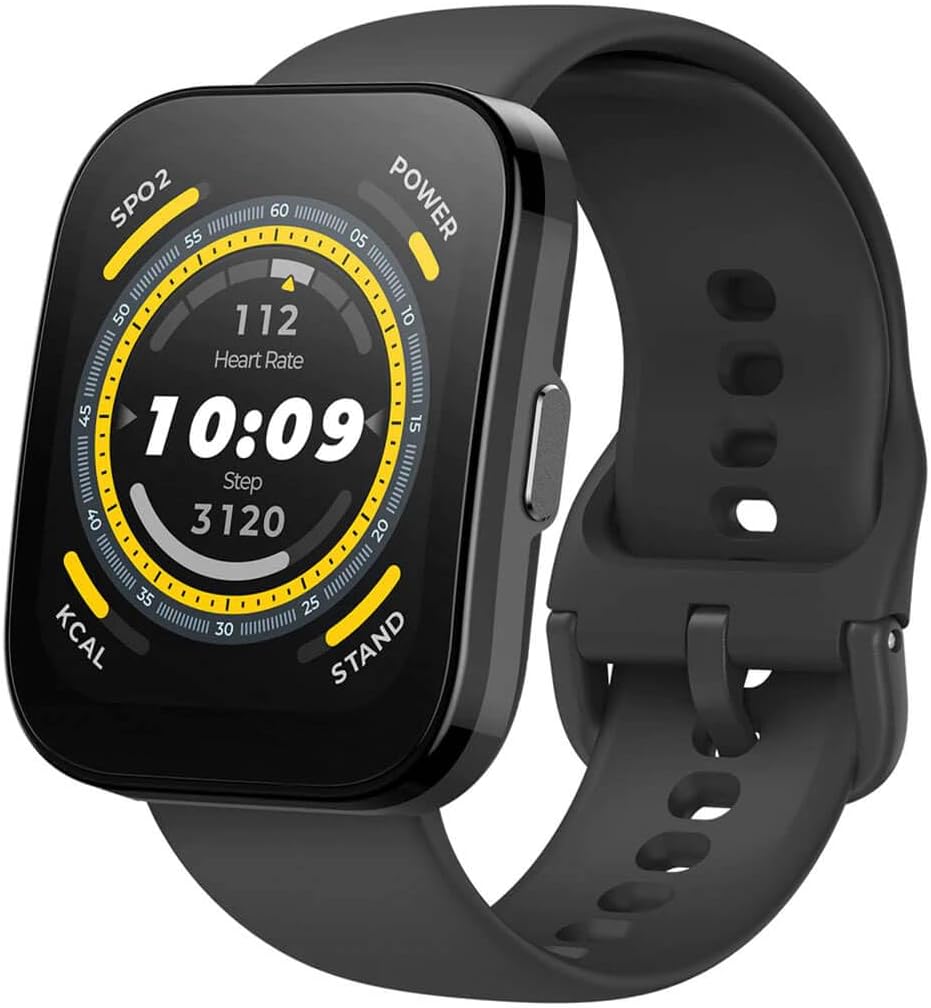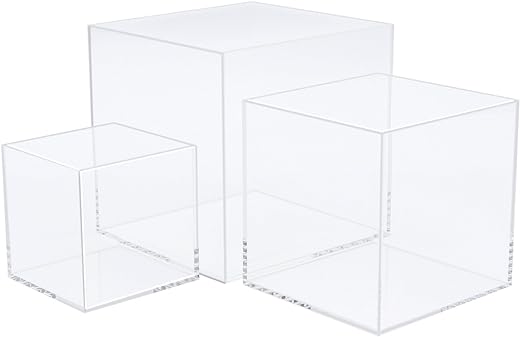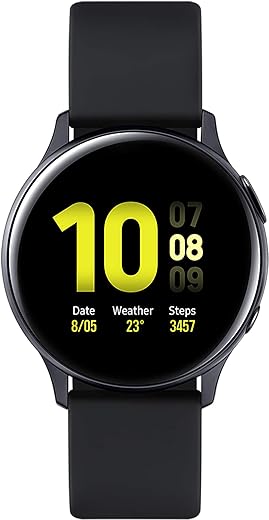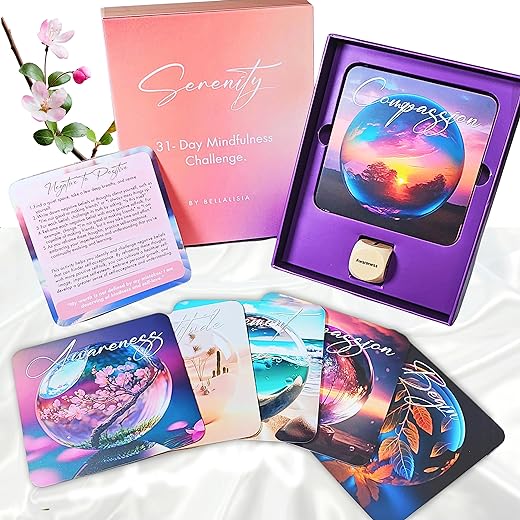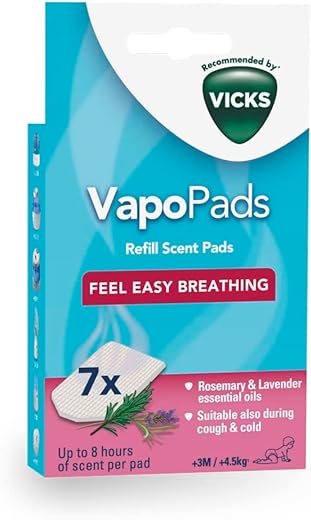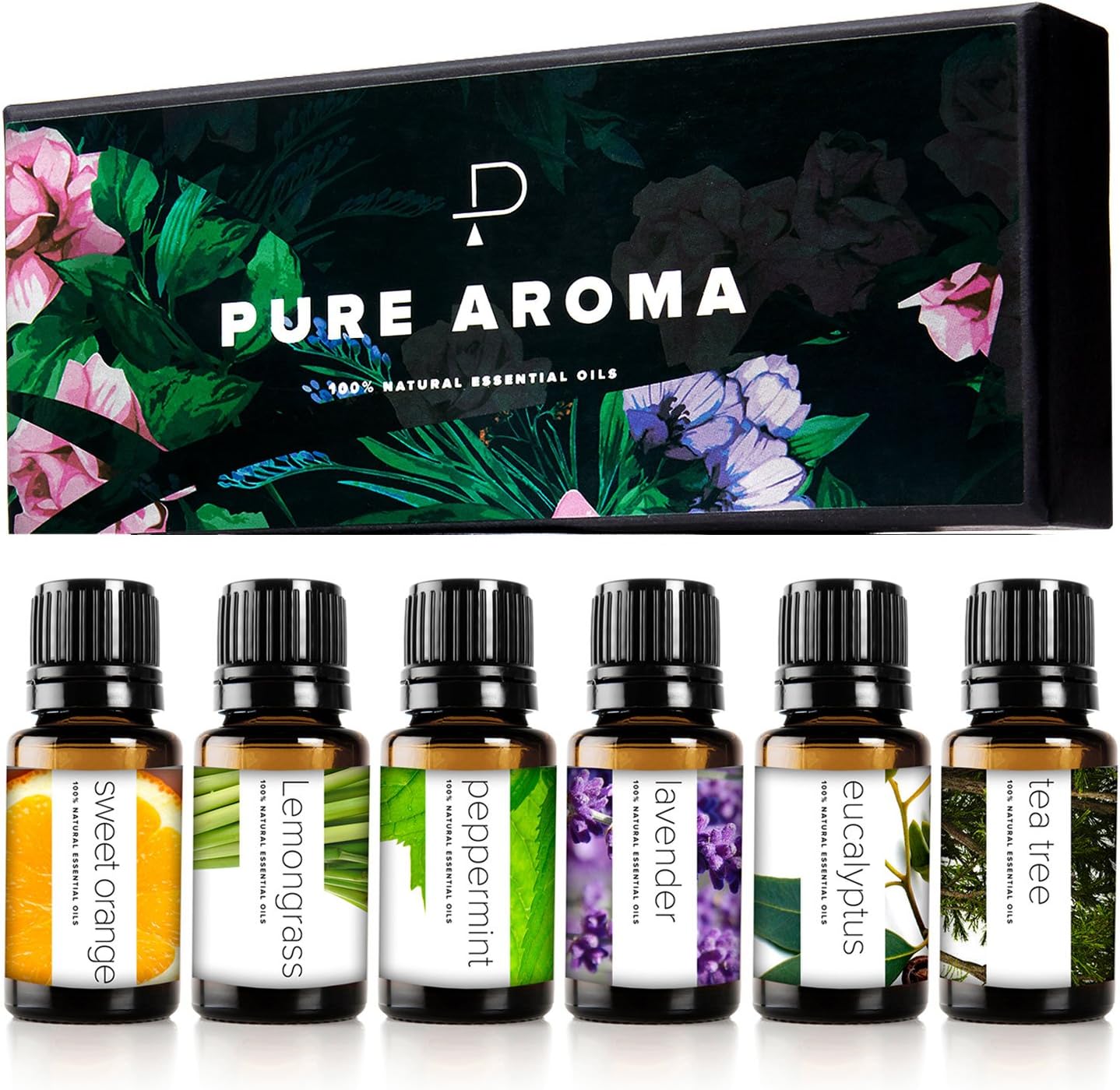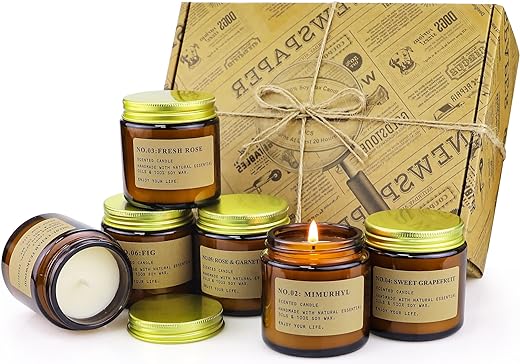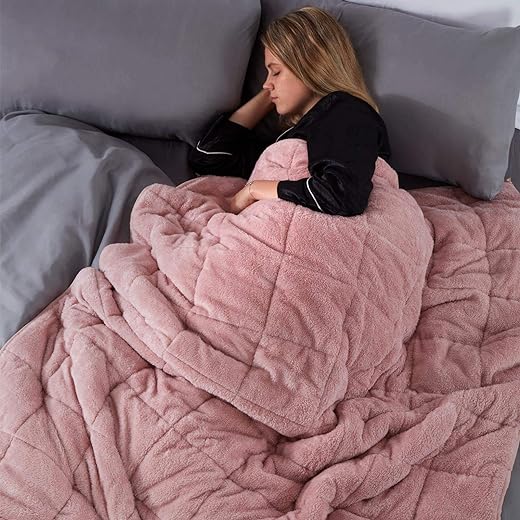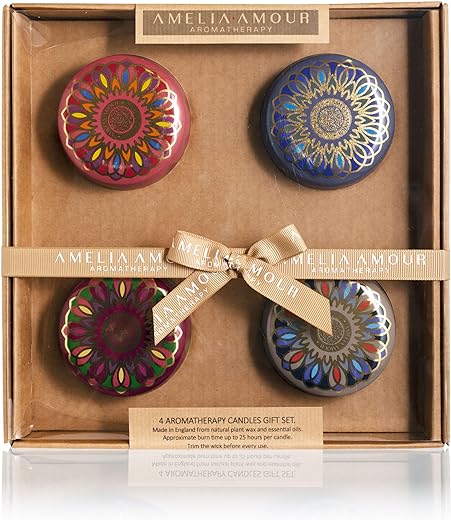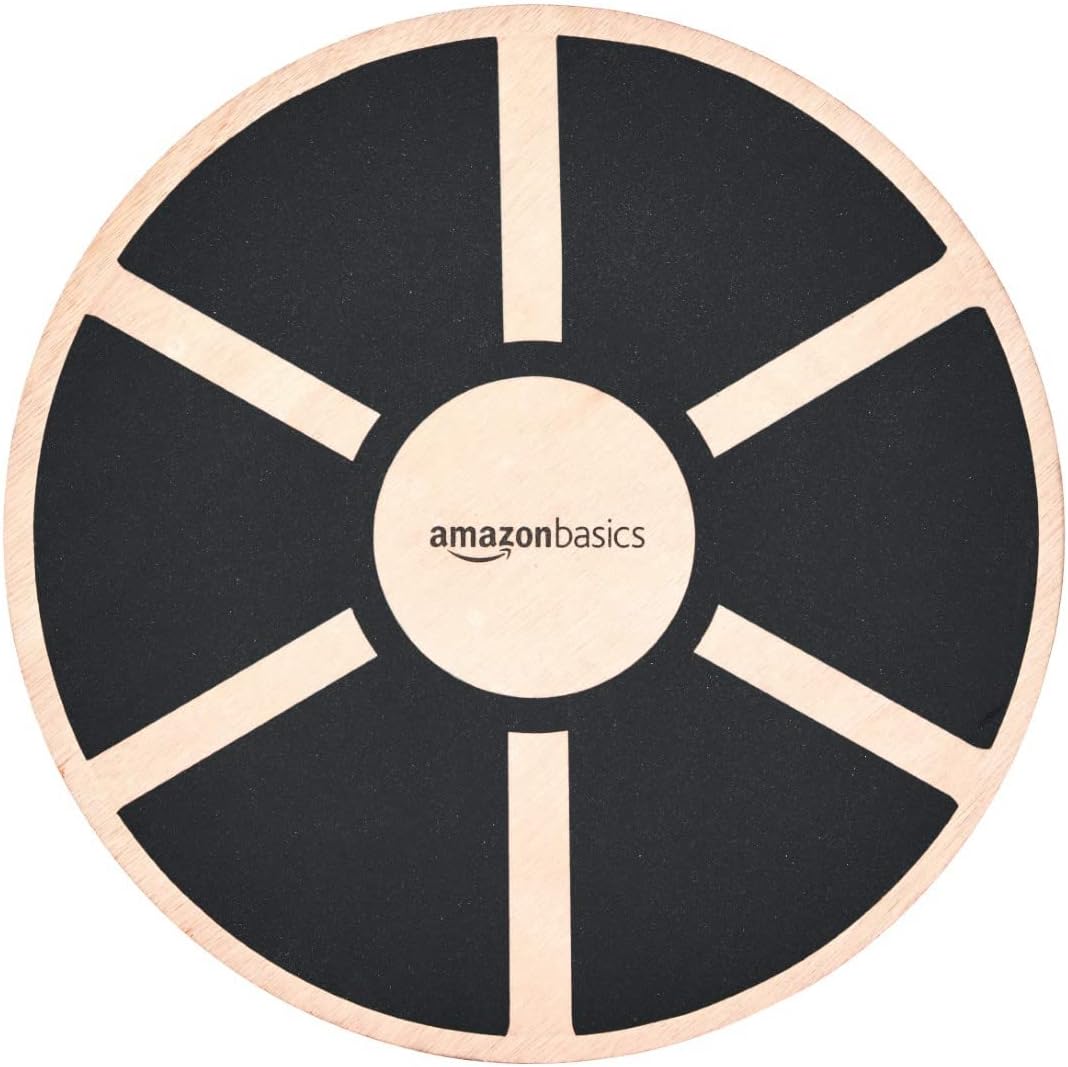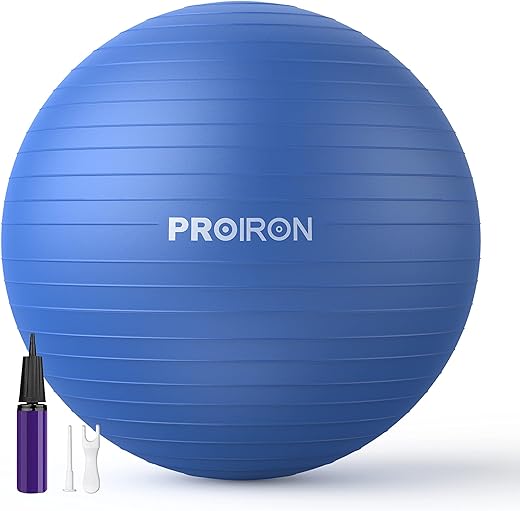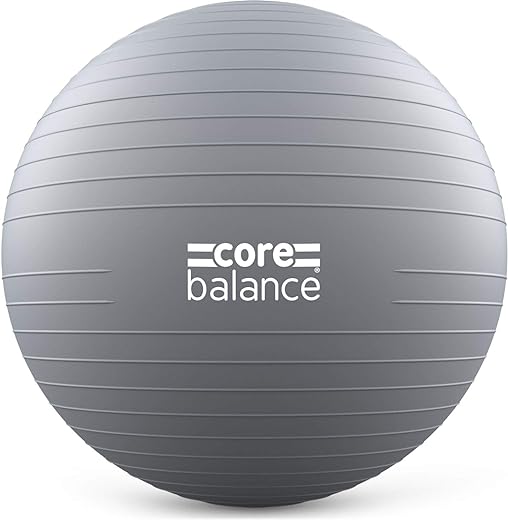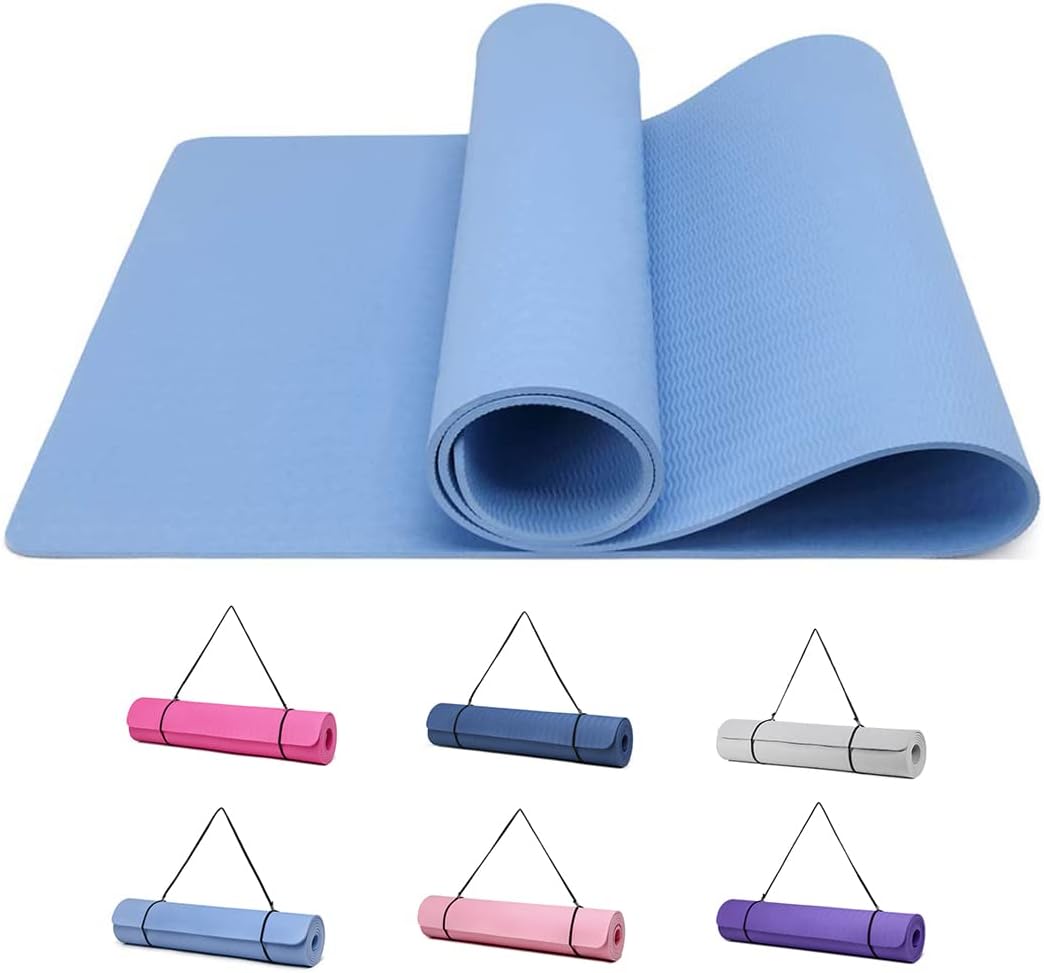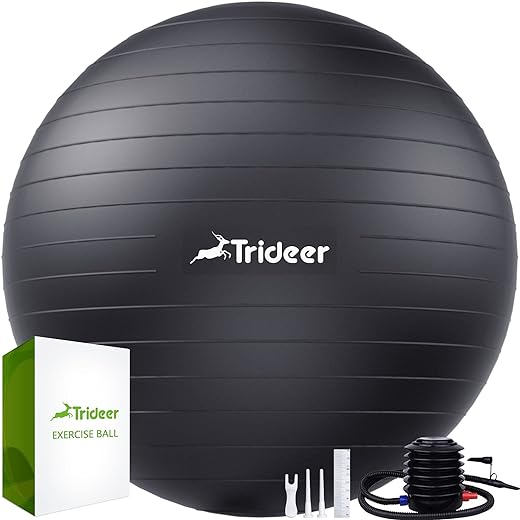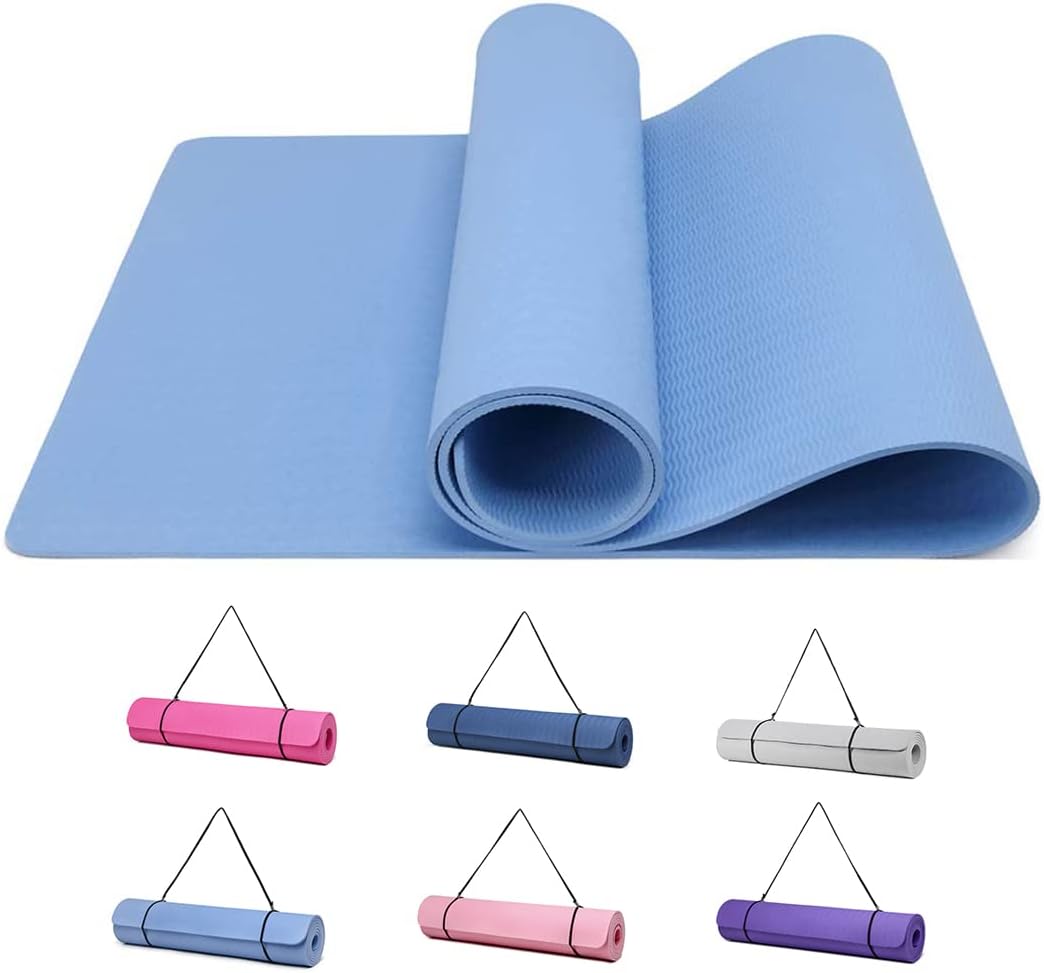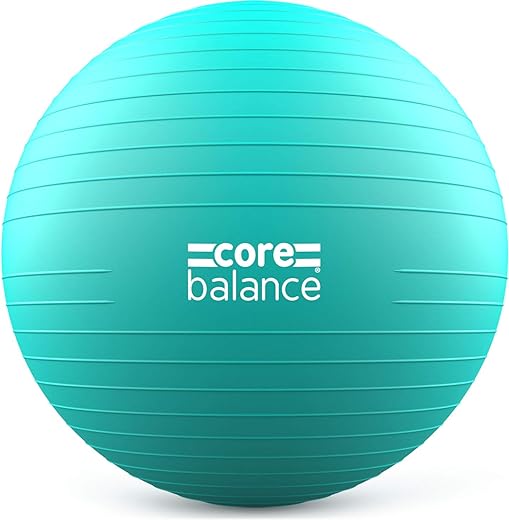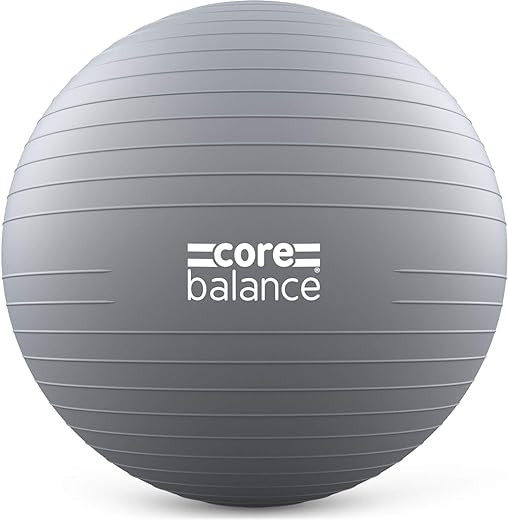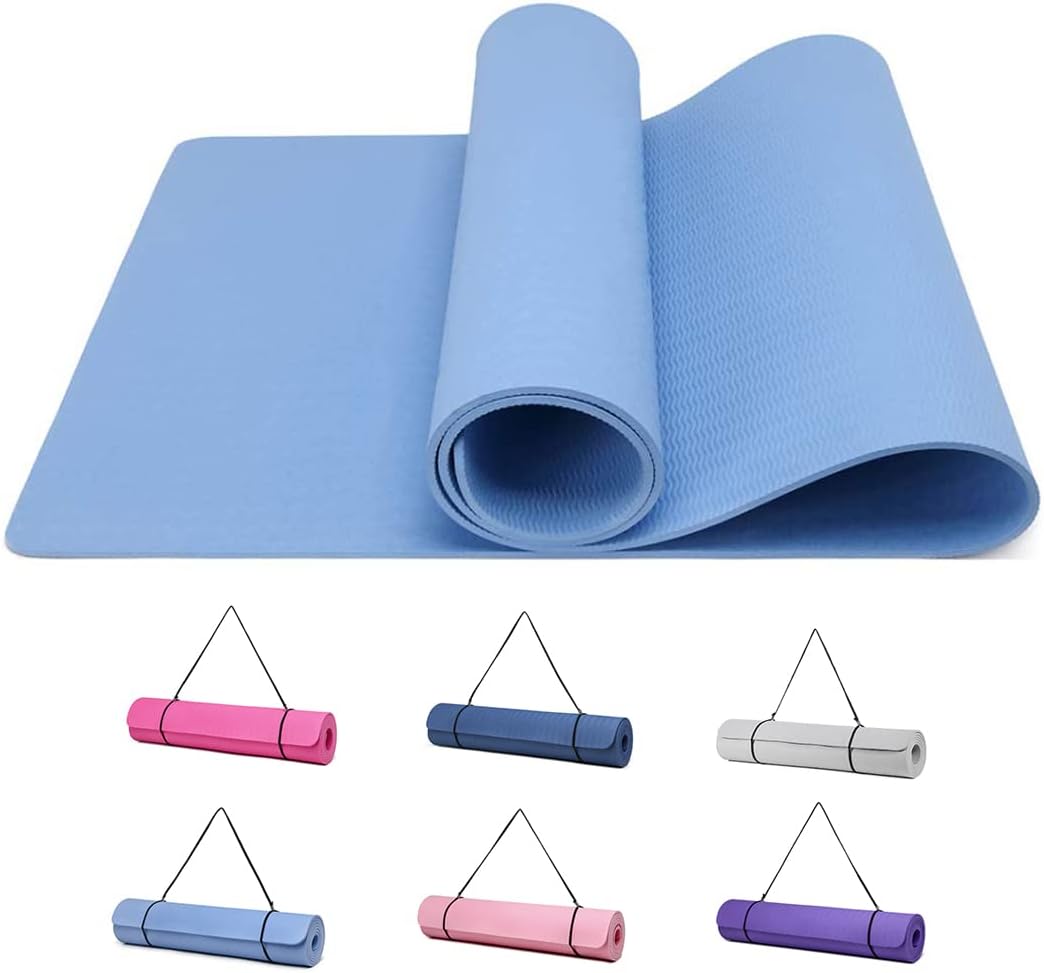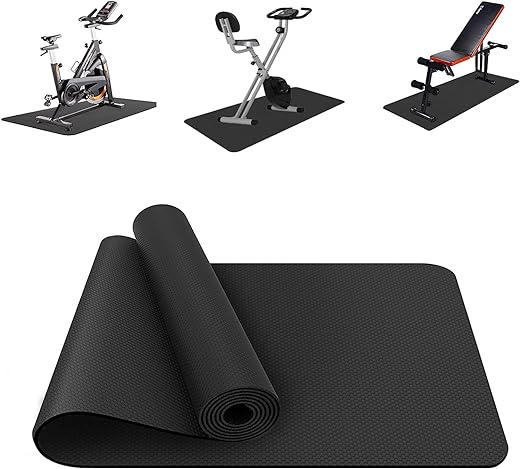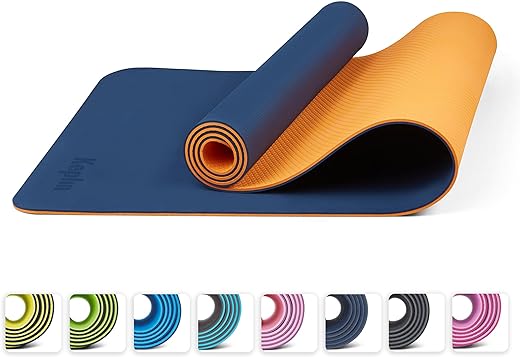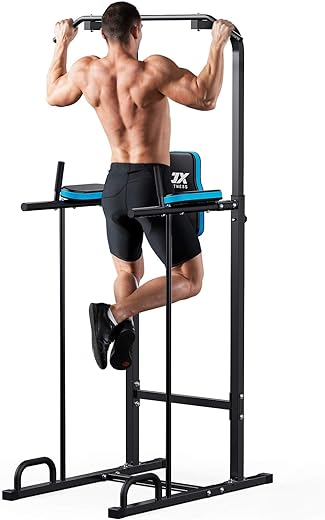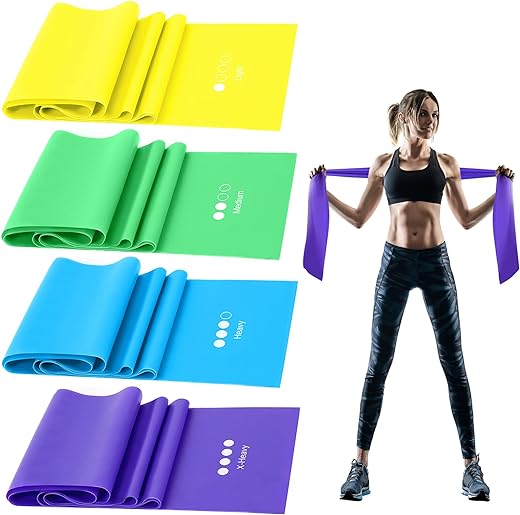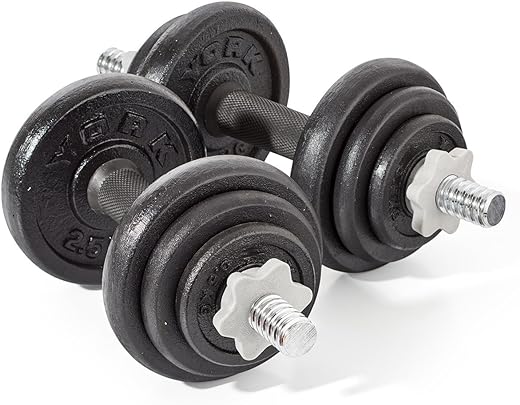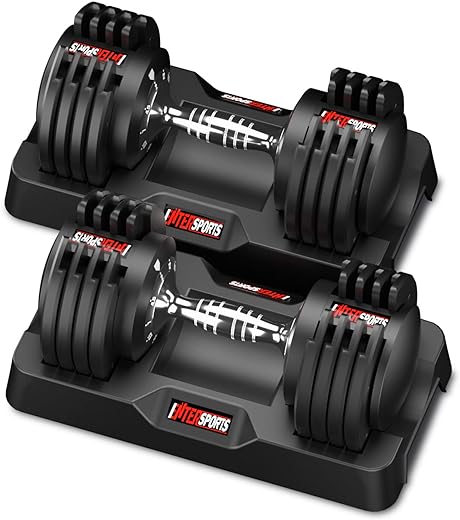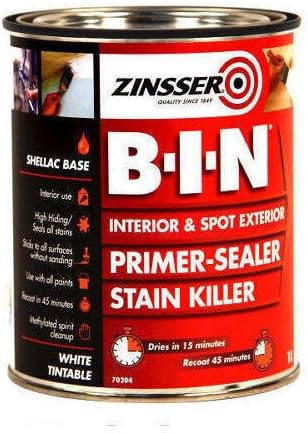When was the last time you took on a home improvement project? If you’re like many homeowners, you may have found yourself daunted by the array of tools available, leaving you to wonder if you truly have what it takes to transform your space. Interestingly, a staggering 70% of DIY enthusiasts abandon projects altogether after wrestling with tools that simply don’t meet their needs. One of the most vital yet often overlooked tools in your arsenal is the paint sprayer. In this blog post, we’ll navigate the process of choosing the right paint sprayer for your project, ensuring that you have the power and precision needed to achieve a flawless finish. Whether you’re giving your walls a fresh coat or tackling an outdoor renovation, understanding the right tool for the job can make all the difference in your results and satisfaction. Let’s dive in and demystify the world of paint sprayers together!
Understanding Paint Sprayer Types
When it comes to painting projects, paint sprayers can deliver an even finish and save you time compared to traditional brush and roller methods. However, with several types of paint sprayers on the market, it is essential to understand the mechanics and typical use cases of each variant to choose the right tool for your home improvement projects. Below, we will explore the differences between airless sprayers, HVLP (High Volume Low Pressure) sprayers, and pneumatic sprayers.
Airless Paint Sprayers
Mechanics
Airless sprayers work by using a high-pressure pump to force paint through a small nozzle. This method atomizes the paint into tiny droplets, creating a fine mist that evenly coats surfaces. The paint is typically contained in a bucket, and the sprayer draws the paint through a hose to the spray tip.
Typical Use Cases
Airless sprayers are particularly effective for large surfaces such as:
- Exterior Walls: Quick and efficient coverage allows you to tackle large areas without interruptions.
- Decks and Fences: Ideal for outdoor projects that require a waterproof finish.
- New Construction: Great for painting uncut and raw surfaces, such as drywall or siding.
Recommended Products
- Graco Magnum X5: A versatile model perfect for DIYers, capable of handling unthinned paint and providing seamless coverage.
- Titan ControlMax 1700 PRO: Known for its durability and efficiency, this sprayer is ideal for professional use and larger projects.
HVLP (High Volume Low Pressure) Sprayers
Mechanics
HVLP sprayers utilize a low-pressure air supply to atomize the paint, allowing for a very fine mist with minimal overspray. This means you have more control over the amount of paint you apply, making it easy to achieve a smooth finish. The paint is often thinned prior to use and drawn from a cup attached directly to the sprayer.
Typical Use Cases
HVLP sprayers are perfect for intricate detail work, such as:
- Furniture Refinishing: Ideal for small surfaces and detail-oriented projects where precision is required.
- Cabinet Painting: Achieves a professional-looking finish on indoor cabinetry.
- Arts and Crafts: Excellent for creative projects where fine detail matters.
Recommended Products
- Fuji Spray Q5 Platinum T75G: This model combines power with performance, offering adjustable spray patterns for superior control.
- Wagner FLEXiO 590: Great for beginners, this versatile tool is easy to use for both indoor and outdoor applications.
Pneumatic Paint Sprayers
Mechanics
Pneumatic sprayers, also known as air-operated sprayers, utilize compressed air to atomize the paint. The air pressure drives the paint through the nozzle, producing a fine mist. These sprayers are commonly used in industrial or professional settings due to their ability to apply a perfectly smooth coat.
Typical Use Cases
Pneumatic sprayers are suitable for professional-grade applications, including:
- Auto Body Painting: Often preferred in automotive workshops for high-quality finishes.
- Coating Large Equipment: Ideal for industries where heavy machinery requires regular repainting.
- Commercial Projects: Common in commercial painting applications where speed and quality are paramount.
Recommended Products
- Devilbiss Finishline 4 FLG-670: Renowned for its smooth finish and affordability, making it suitable for a variety of projects.
- Spraytech Spray Gun: Known for its reliability and precision in professional settings.
Comparison Table
| Feature | Airless Sprayers | HVLP Sprayers | Pneumatic Sprayers |
|---|---|---|---|
| Pressure Type | High-pressure | Low-pressure | Compressed air |
| Best For | Large areas | Detail-oriented projects | Professional applications |
| Typical Use | Exteriors, large surfaces | Furniture, cabinetry | Auto body, commercial |
| Example Models | Graco Magnum X5, Titan | Fuji Spray Q5, Wagner FLEXiO | Devilbiss Finishline 4 |
| Overspray | More overspray | Minimal overspray | Moderate to low overspray |
Understanding the different types of paint sprayers and their mechanics is crucial in selecting the right tool for your project. Whether you’re painting your home’s exterior, refinishing furniture, or applying a professional-grade finish in an industrial setting, choosing the spray type that best suits your needs will enhance both efficiency and effectiveness.
Factors to Consider When Choosing a Paint Sprayer
Selecting the right paint sprayer for your home improvement project can be a daunting task, given the variety of options available in the market today. However, understanding key factors can help you make an informed decision. Here are the essential considerations to guide you through the selection process.
1. Size of the Project
One of the first things to assess is the size of the painting project. Paint sprayers can vary significantly based on their capacity and efficiency levels.
Small Projects
For smaller projects such as furniture, cabinets, or accent walls, consider using airless paint sprayers like the Wagner Control Spray Max HVLP. This model is lightweight, easy to use, and ideal for quick touch-ups or smaller jobs, allowing you to achieve a smooth finish without overspray.
Large Projects
For larger projects like whole rooms, exteriors, or large fencing areas, you may want to invest in a more robust option like the Graco Magnum X5 Airless Paint Sprayer. This model can handle larger paint volumes and provide faster coverage, making it suitable for extensive surfaces.
Quick Reference: Project Size
| Project Size | Recommended Sprayer | Key Features |
|---|---|---|
| Small | Wagner Control Spray Max HVLP | Lightweight, easy to maneuver |
| Medium | Déco Pro 900V HVLP | Good for trim work & small rooms |
| Large | Graco Magnum X5 | High volume, efficient coverage |
2. Type of Paint Being Used
The type of paint you plan to use is another critical factor in your paint sprayer selection. Different sprayers work better with specific paint formulations.
Latex Paints
For latex-based paints, an airless sprayer like the Titan ControlMax 1700 Pro can deliver excellent results. Airless sprayers are designed to handle thicker materials effectively, ensuring a smooth application.
Oil-Based Paints
If you’re working with oil-based paints or stains, an HVLP (High Volume Low Pressure) sprayer such as the Fuji Spray Semi-PRO 2 would be the ideal choice. Its low pressure reduces overspray and ensures fine finishes, making it perfect for detailed work.
Quick Reference: Paint Type
| Paint Type | Recommended Sprayer | Key Features |
|---|---|---|
| Latex Paint | Titan ControlMax 1700 Pro | Handles thicker paints well |
| Oil-Based Paint | Fuji Spray Semi-PRO 2 | Fine finish, reduced overspray |
3. Desired Finish
The finish you hope to achieve plays a crucial role in choosing a paint sprayer. Different models can produce varying finishes depending on their mechanics and nozzle types.
Smooth Finish
For a flawless, smooth finish often desired in furniture or cabinetry, consider a high-end HVLP sprayer, such as the Graco Ultra Max. This model allows for precision control, ensuring detailed results.
Textured or Decorative Finish
For texturized applications like stucco or knockdown finishes, an airless sprayer like the Wagner Flexio 890 will suit better as it can handle thick materials and provide the versatility you need for various textures.
Quick Reference: Desired Finish
| Finish Type | Recommended Sprayer | Key Features |
|---|---|---|
| Smooth Finish | Graco Ultra Max | Precision control, fine detailing |
| Textured/Decorative | Wagner Flexio 890 | Versatile, handles thick materials |
4. User Experience Level
Your experience level with painting tools should heavily influence your selection of a paint sprayer. Different sprayers are designed to cater to different skill levels, affecting ease of use and setup.
Beginners
For beginners, a user-friendly option is the HomeRight Finish Max Fine Spray. Its intuitive design and straightforward setup make it accessible for those new to spray painting, allowing users to become familiar with the technique quickly.
Experienced Painters
For more experienced users, features that offer advanced customization can be found in models like the Graco Pro210ES. This commercial-grade sprayer allows for fine-tuning of pressure and flow settings, providing versatility for various painting techniques.
Quick Reference: User Experience
| Experience Level | Recommended Sprayer | Key Features |
|---|---|---|
| Beginners | HomeRight Finish Max Fine Spray | Easy to use, minimal setup |
| Experienced Painters | Graco Pro210ES | Advanced controls, customizable |
Assessing Individual Needs
To determine which paint sprayer aligns with your preferences and project scope, consider the following tips:
- Project Scope: Write down the areas to be painted and their dimensions.
- Paint Type: Keep in mind what paint you usually use and search for a sprayer that matches that type best.
- Finish Goals: Identify the type of finish you wish to achieve and choose a sprayer capable of producing it.
- Skill Level: Be honest with yourself about your comfort level with tools. Start small if you’re inexperienced.
By evaluating these factors based on your individual needs, you can select the perfect paint sprayer to elevate your painting projects to a professional standard.
Common Mistakes to Avoid When Choosing a Paint Sprayer
Choosing the right paint sprayer can make or break your DIY project. However, many enthusiasts fall victim to common mistakes that can lead to frustrating results. Here, we will discuss some key pitfalls to avoid and provide guidance to ensure your painting endeavor is successful.
Underestimating Project Size
One of the most frequent mistakes DIY enthusiasts make is underestimating the size of their project. It’s crucial to accurately measure your area and choose a sprayer that can handle the volume of paint required.
How to Avoid This Mistake:
- Measure Your Space: Calculate the square footage of the area you plan to paint. Use the following formula:
Length x Height = Square Footage - Choose the Right Sprayer: For large projects (like an entire room or a house exterior), consider sprayers that can handle larger paint volumes, such as the Graco Magnum X5 or Wagner Control Pro 130. Both models are designed for substantial workloads and can cover larger areas efficiently.
Choosing the Wrong Type of Sprayer for the Paint
Paint sprayers come in various types, each designed for different kinds of paint and finishes. A common misstep is selecting a sprayer that isn’t compatible with the type of paint you intend to use.
Types of Sprayers:
- Airless Sprayers: Best for thicker materials like latex paints. Example: Graco Ultra 395.
- HVLP Sprayers: Ideal for thinner paints and finishes, giving a fine coat. Example: Fuji Spray Q5 PLATINUM.
- Compressed Air Sprayers: Excellent for precision work and fine finishes but less ideal for larger applications.
How to Avoid This Mistake:
- Know Your Paint: Always check the manufacturer’s recommendations for your paint type.
- Select Accordingly: If you’re using a thicker latex paint, opt for an airless sprayer. For lacquer or staining, an HVLP sprayer would be more appropriate.
Neglecting Maintenance Requirements
Maintenance is often overlooked in the excitement of starting a new painting project. However, failing to properly maintain your sprayer can lead to clogging, uneven spraying, and even irreparable damage.
Maintenance Tips:
- Read the Manual: Understanding the specific maintenance requirements for your chosen model (e.g., cleaning frequency, parts to check) is essential.
- Use Proper Cleaners: For example, the Wagner PaintEase 250 recommends using warm soapy water for latex paints and mineral spirits for oil-based paints.
- Regularly Lubricate Parts: Many sprayers require lubrication to keep them running smoothly.
Key Maintenance Checklist:
- Clean the sprayer immediately after use.
- Inspect hoses and tips for wear and tear.
- Ensure filters are clean to prevent clogging.
Lack of Practice
Before embarking on larger projects, many DIYers make the mistake of not practicing with their paint sprayer. This can lead to uneven coverage, splatter, or drips.
How to Avoid This Mistake:
- Test on Scrap Material: Before painting your actual surfaces, practice on cards, cardboard, or other materials to get a feel for the sprayer.
- Adjust Settings: Familiarize yourself with pressure adjustments and spray patterns—many models like the Graco TrueCoat 360 have adjustable settings for different projects.
A Comparison Table of Sprayers
| Sprayer Model | Type | Best For | Price Range |
|---|---|---|---|
| Graco Magnum X5 | Airless | Thick latex paints | $300 – $400 |
| Wagner Control Pro 130 | Airless | Large exterior projects | $200 – $300 |
| Fuji Spray Q5 | HVLP | Fine finishes and lacquer | $500 – $600 |
| Wagner PaintEase 250 | Compressed Air | Small to medium projects | $100 – $200 |
By avoiding these common mistakes, you not only enhance the quality of your work but also extend the lifespan of your paint sprayer, ensuring excellent results for your DIY projects. Consider these insights and choose wisely to achieve a flawless finish every time!
Key Takeaways for Your Painting Project
In conclusion, selecting the right paint sprayer involves careful consideration of various factors, including the type of projects, the surface materials, the scale of work, and your level of experience. Weigh the advantages of airless, HVLP, and compressed air sprayers against their disadvantages to determine which aligns best with your needs. Additionally, consider the ease of use, maintenance, and cleanup requirements. Ultimately, investing time in researching and understanding these options will lead to a more efficient painting experience and superior results. For most DIY enthusiasts and professional painters alike, an HVLP sprayer offers a great balance of versatility and precision, making it a solid recommendation for a wide range of applications.
